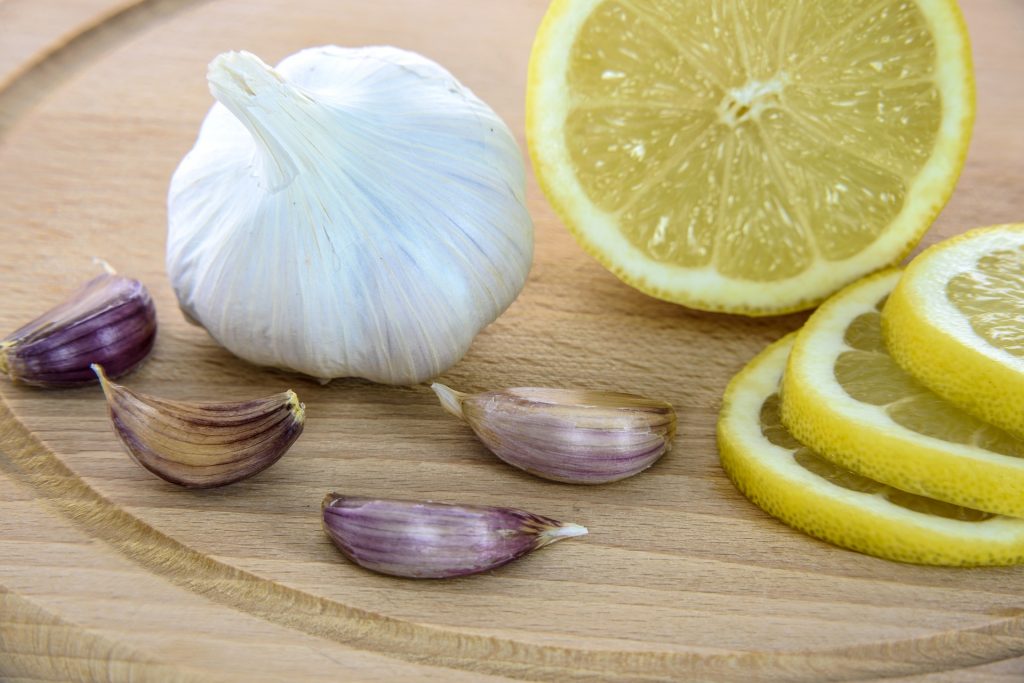 When energy is utilised in cells the resulting oxidative phosphorylation produces free radicals including reactive oxygen species (ROS) and reactive nitrogen species (RNS). These free radicals are required in small amount for normal cellular processes such as immunity and signalling but are extremely chemically reactive. Under homeostatic conditions, these free radicals are kept in check by cellular antioxidants, which chemically neutralise the free radicals before they can cause tissue damage. However, if levels of antioxidants fall, or the generation of free radicals rises, a condition whereby the ratio of free radicals to antioxidants becomes unbalanced in favour of free radicals ensues, and this can lead to tissue damage. Such a condition is termed oxidative stress, and evidence supports a role for oxidative stress in many diseases including mood disorders such as anxiety and depression. Maintaining high cellular antioxidant levels is therefore important if oxidative stress is to be minimised.
When energy is utilised in cells the resulting oxidative phosphorylation produces free radicals including reactive oxygen species (ROS) and reactive nitrogen species (RNS). These free radicals are required in small amount for normal cellular processes such as immunity and signalling but are extremely chemically reactive. Under homeostatic conditions, these free radicals are kept in check by cellular antioxidants, which chemically neutralise the free radicals before they can cause tissue damage. However, if levels of antioxidants fall, or the generation of free radicals rises, a condition whereby the ratio of free radicals to antioxidants becomes unbalanced in favour of free radicals ensues, and this can lead to tissue damage. Such a condition is termed oxidative stress, and evidence supports a role for oxidative stress in many diseases including mood disorders such as anxiety and depression. Maintaining high cellular antioxidant levels is therefore important if oxidative stress is to be minimised.

Plant foods high in antioxidants appear to be highly protective of mood disorders.
One way that free radical generation can increase in brain tissue is through the activation of pro-inflammatory cytokines. In this regard free radicals are signal molecules that activate the synthesis of inflammatory molecules in tissues. Free radicals are also generated by immune cells following their activation. This interaction between inflammation and free radical generation can lead to a situation termed neuroinflammation, and certain parts of the brain appear to be particularly susceptible to the negative effects of neuroinflammation. The brain is particularly susceptible to oxidative stress, and this may relate to the fact that the brain has low levels of antioxidants, is highly metabolically active and is composed mainly of polyunsaturated fatty acids. Of all the brain tissues, the hippocampus and frontal cortex appear to be particularly affected by free radicals and stress is one factor that is known reduce antioxidant levels in the frontal cortex and also to lead to the generation of depression and anxiety.
The observation that antidepressant drugs act as antioxidants in the brain has lead to speculation that this might be their main mode of action. For example, antidepressants can raise levels of the antioxidant enzyme superoxide dismutase in the frontal cortex of animals and this correlates with their antidepressant effects. The effectiveness of antioxidants as a treatment for mood disorders is raising speculation that oxidative stress may be a pivotal factor in the generation of neuronal damage that causes depression and anxiety, and that the hypothesis that low levels of monoamine neurotransmitters as being the cause of mood disorders may have been overstated. Many commonly available herbs and phytochemicals have been shown to be protective of mood disorders, and this has been suggested to result from the high antioxidant content of plant tissues. In many cases, plant compounds are as effective as antidepressant drugs in clinical trials, with direct comparisons with imipramine and fluoxetine being particularly evident.

Many herbs that have been shown to be highly effective at treating mood disorders are also high in antioxidants. The antioxidant effects of antidepressant drugs may also explain their clinical benefits.
Subjects with the highest levels of oxidative stress have been consistently shown to be at high risk of mood disorders. In one study, researchers found that antioxidants levels in the blood were lowest in those with depressed individuals compared to controls. In addition, the levels of oxidative stress markers were significantly higher in the blood of subjects with depression compared to controls. Another study found significant higher levels of lipid peroxidation in the blood of subjects with depression. This increase in lipid peroxidation was accompanied by significant elevations in the expression of antioxidant enzymes including superoxide dismutase and glutathione peroxidase. In a further study, depression was associated with a biomarker profile indicative of high levels of oxidative stress. Treatment of the subjects with pharmaceutical antidepressants significantly reduced their depression and also significantly improved the ratio of oxidative stress to antioxidant function in the subjects.
Eat Well, Stay Healthy, Protect Yourself
RdB
